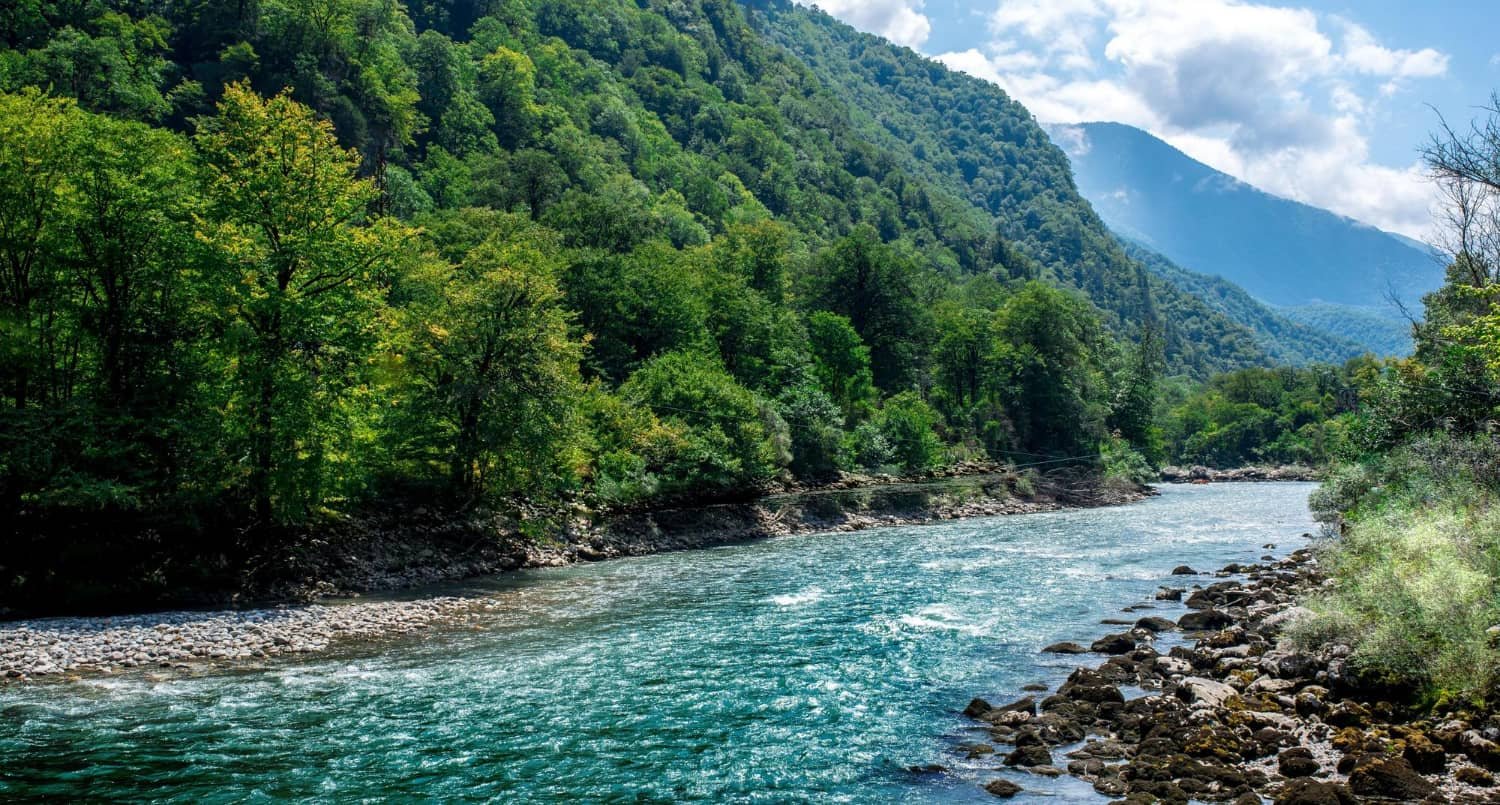A plethora of UNESCO World Heritage Sites in Serbia, scattered across the nation, offers visitors a unique opportunity to immerse themselves in centuries-old architecture, ancient ruins, and natural wonders. From medieval monasteries perched atop rugged cliffs to well-preserved Roman ruins and picturesque countryside landscapes, these sites testify to Serbia’s diverse and vibrant past.
Serbia, located at the crossroads of Eastern and Western Europe, boasts a rich cultural heritage spanning centuries. From medieval monasteries to ancient Roman ruins, this Balkan nation is home to an impressive collection of historical sites. Among these treasures are several UNESCO World Heritage Sites, recognized for their exceptional universal value.
UNESCO World Heritage Sites in Serbia
In this article, we will delve into the fascinating world of Serbia’s UNESCO World Heritage Sites, exploring their history, significance, and the captivating stories they hold. Join us as we journey through time and discover the wonders that make up these remarkable destinations in Serbia.
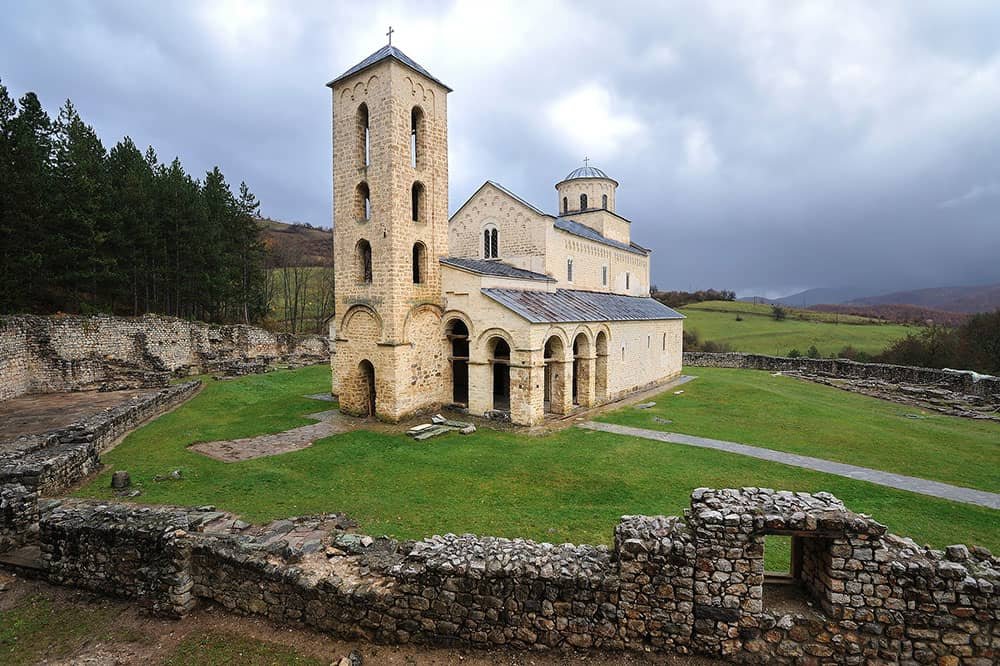
Stari Ras and Sopoćani
Serbia is rich in historical and cultural heritage, with numerous sites showcasing its fascinating past. Among these treasures are the UNESCO World Heritage Sites of Stari Ras and Sopo ani in Novi Pazar. These two sites are significant for their architectural and archaeological value and their role in shaping Serbia’s history and identity.
Stari Ras, a UNESCO World Heritage site in Serbia, served as the country’s initial capital and boasts a remarkable collection of medieval structures, including fortresses, churches, and monasteries. Among these landmarks is the Sopo and monastery, a testament to the historical connections between Western civilization and the Byzantine realm.
Stari Ras, which translates to Old Ras, is an ancient capital from the 9th century. It was once a political and spiritual center of medieval Serbia, playing a crucial role in the rise of this powerful Balkan state.
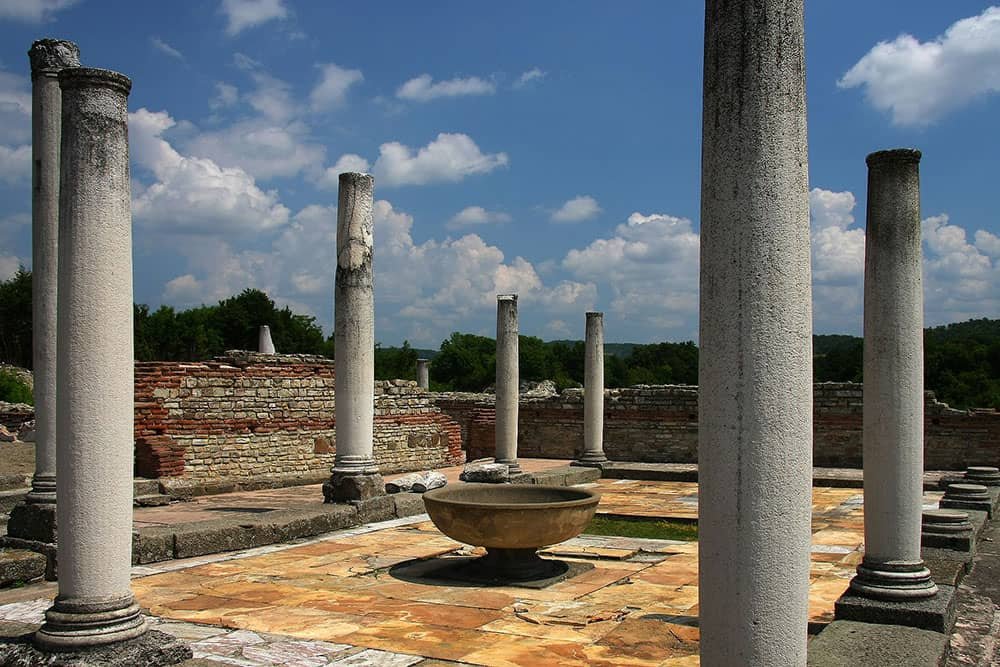
Gamzigrad-Romuliana, Palace of Galerius
Gamzigrad-Romuliana, also known as the Palace of Galerius, is an architectural marvel in Zaječar, Serbia’s heart. As one of the UNESCO World Heritage Sites in Serbia, this ancient complex holds significant historical and cultural importance. Built during the late 3rd and early 4th centuries AD by Emperor Galerius Maximianus, it was a luxurious palace and memorial to his mother, Romula.
With its intricate design and stunning preservation, Gamzigrad-Romuliana stands as a testament to the grandeur of the Roman Empire and offers visitors a glimpse into a bygone era. As one steps into Gamzigrad-Romuliana, they are transported back to an era when majestic buildings graced the empire’s landscape.
This ancient complex holds great historical significance. It served as a retreat for Roman Emperor Galerius during the 3rd and 4th centuries CE. Nestled amidst picturesque landscapes, this architectural marvel attracts visitors worldwide who seek to explore its rich history and immerse themselves in its timeless beauty.
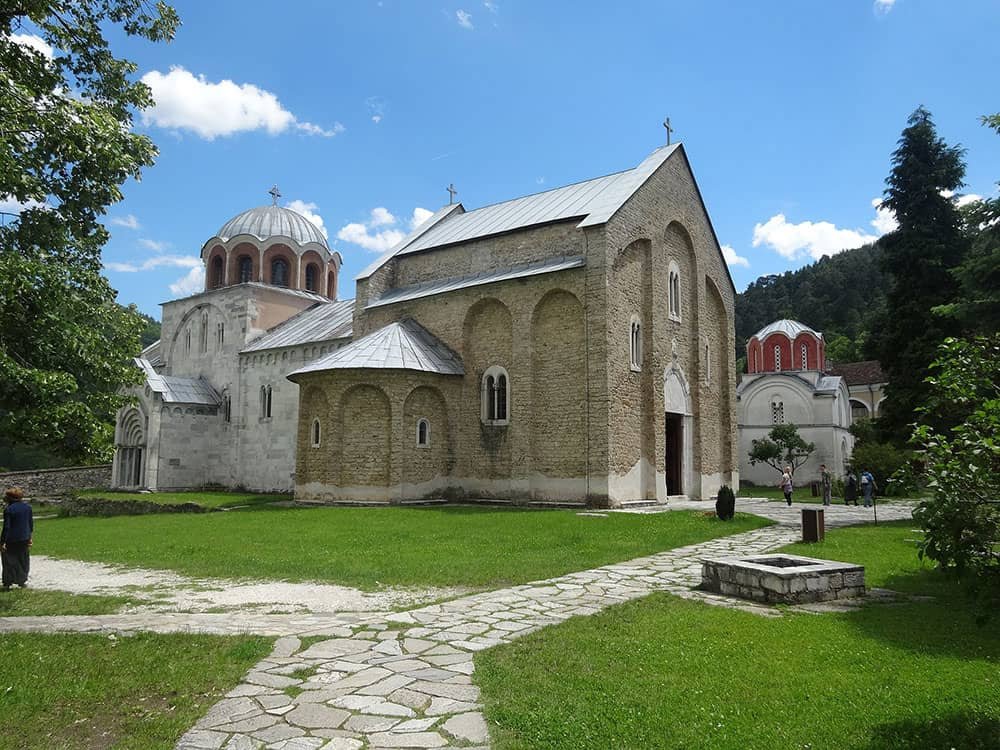
Studenica Monastery
The Studenica Monastery in Kraljevo, Serbia, is a remarkable testament to the country’s rich cultural and religious heritage. As one of the UNESCO World Heritage Sites in Serbia, the monastery holds immense historical significance and attracts visitors worldwide. Dating back to the 12th century, this Serbian Orthodox monastery showcases stunning medieval architecture and houses precious religious artifacts.
Studenica Monastery symbolizes spirituality and devotion in Serbia’s history with its serene surroundings and spiritual atmosphere. Its fascinating history and captivating features make It a must-visit destination for those interested in exploring UNESCO World Heritage Sites in Serbia.
These monumental structures, the Church of the Virgin and the Church of the King, stand proudly as testaments to Serbia’s Byzantine legacy. Constructed using pristine white marble, these churches serve as architectural marvels and house invaluable collections of 13th- and 14th-century Byzantine paintings. As guardians of this priceless artistry, both churches offer visitors a glimpse into an era marked by religious devotion and artistic brilliance.
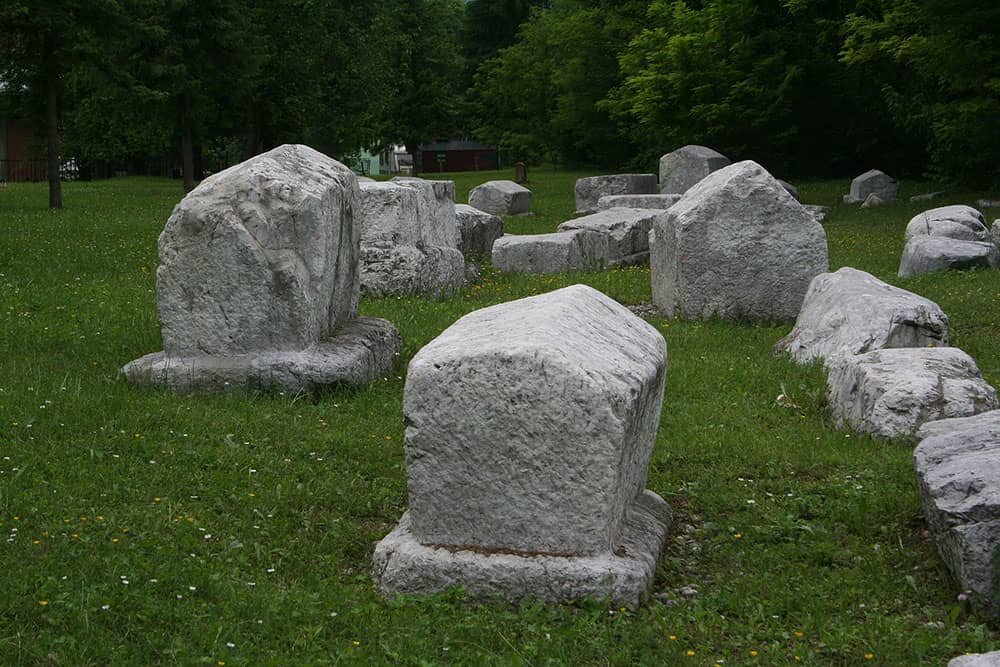
Stećci Medieval Tombstones Graveyards
The Stećci Medieval Tombstones Graveyards are found in both Perućac and Rastište, in the Hrtar region of Serbia. These ancient burial grounds hold profound significance for locals and historians alike, offering a glimpse into the medieval period and preserving valuable insights into the past.
These ancient necropolises offer a glimpse into Serbia’s past, illuminating its medieval inhabitants’ unique customs and beliefs. From intricate carvings to elaborate symbolism, these tombstones provide valuable insights into the artistry and spirituality of the time.
The monolith stone monuments known as Ste ci (singular: ste ak) or medieval tombstones can be found in present-day Bosnia and Herzegovina, and certain areas of Croatia, Serbia, and Montenegro. These tombstones emerged during the 12th century and reached their highest popularity during the 14th and 15th centuries. In Serbia, three locations are designated as UNESCO World Heritage sites: Perućac, Rastište, and Hrta.
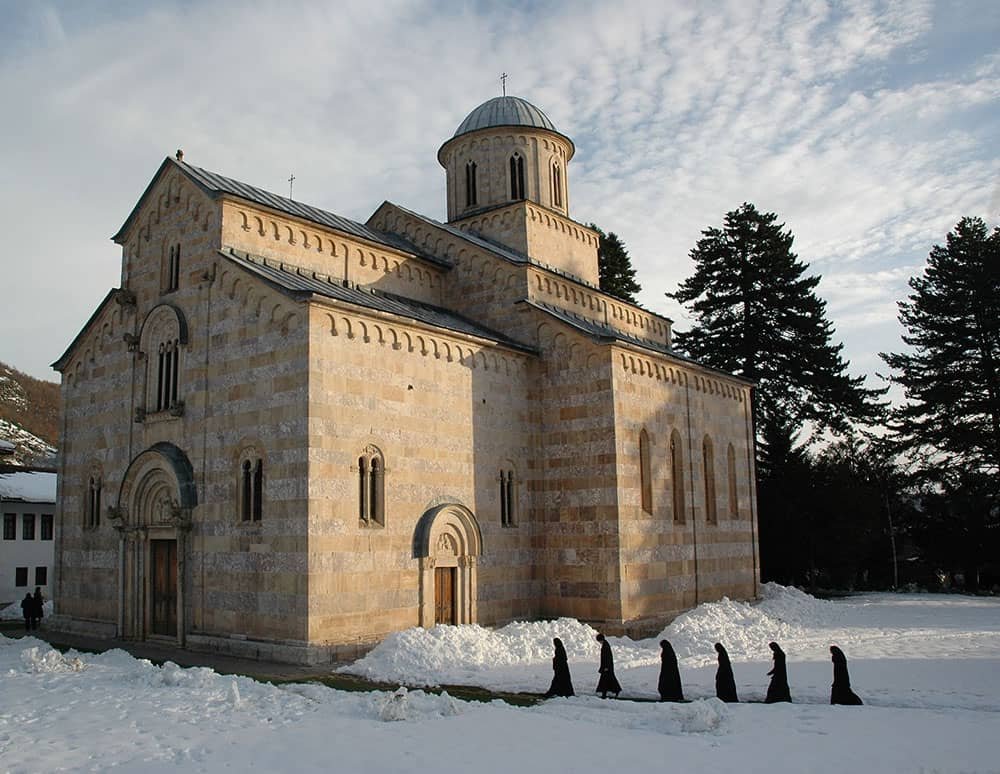
Medieval Monuments in Kosovo
Kosovo, a region with a rich and ancient history, is home to several medieval monuments that have stood the test of time. Deçani Monastery, Gračanica Monastery, Peć Patriarchate, and Prizren Fortress are among these architectural gems. These remarkable structures not only showcase the skilled craftsmanship of their creators but also bear witness to Kosovo’s cultural diversity and historical significance.
Recognizing their outstanding universal value, all four sites have been inscribed on the prestigious UNESCO World Heritage List as significant landmarks in Serbia. This article will delve into the captivating tales behind these medieval monuments, shedding light on their architectural splendor and unraveling their importance in preserving Kosovo’s cultural heritage.
Among these notable destinations are four magnificent monuments: Gračanica Monastery, Our Lady of Ljeviš Church, Patriarchate of Peć Monastery, and Visoki Dečani Monastery. Each site holds immense historical significance and showcases the extraordinary architectural and artistic achievements of its respective eras. As UNESCO World Heritage Sites in Serbia, they serve as living testimonials to the nation’s vibrant past and provide invaluable insights into its cultural identity.


